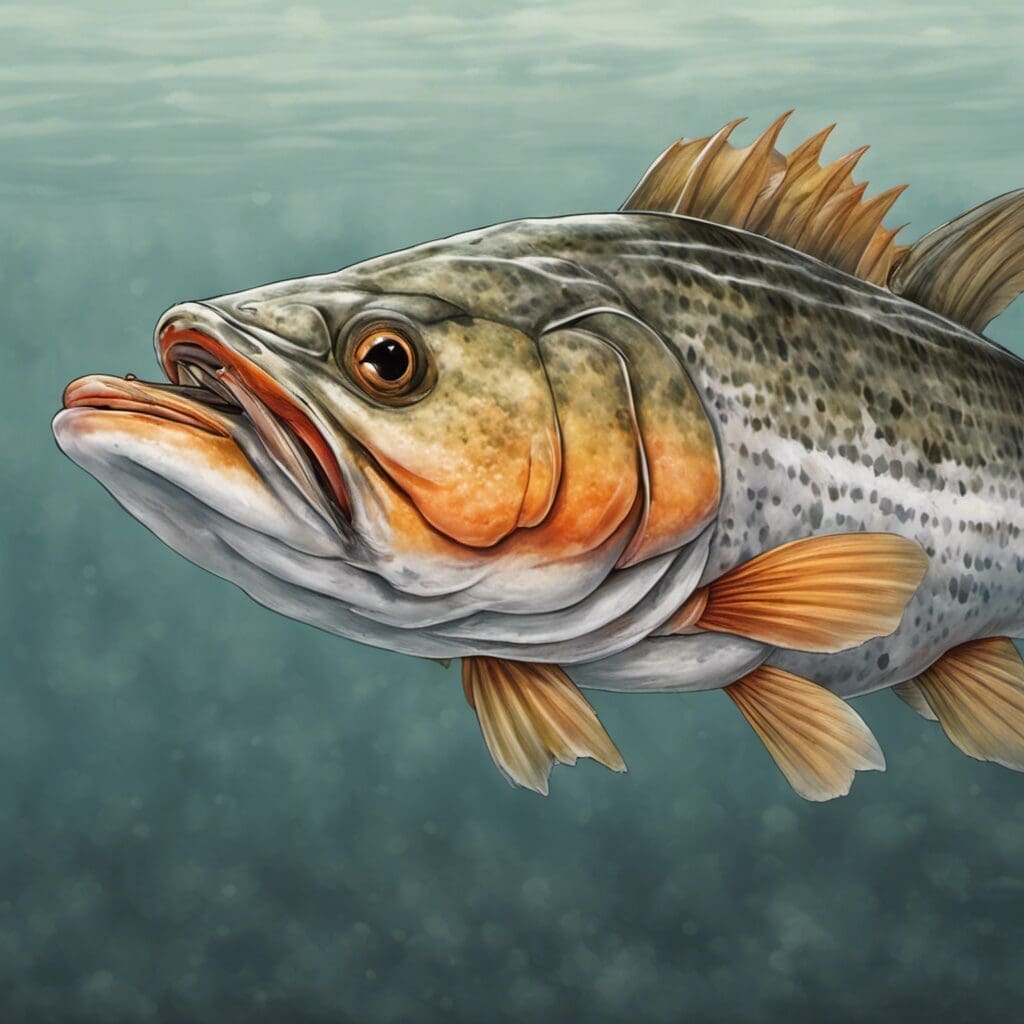Introduction
The Orangemouth Weakfish, scientifically known as Cynoscion xanthulus, is a member of the Sciaenidae family. This species is also, colloquially known as the Golden Croaker.
Conservation Status
Currently, the Orangemouth Weakfish is labeled as a species with ”Least Concern” in terms of conservation urgency according to the International Union for Conservation of Nature. Authorities continue to monitor the status of this species.
Statistics
| Average | Range | |
|---|---|---|
| Length | 30 cm | 20 – 40 cm |
| Weight | 1 - 1.5 kg | 0.8 – 2.5 kg |
| Lifespan | 12 years | N/A |
Distribution
This fish species predominantly inhabit the Eastern Pacific in regions stretching from the Gulf of California to Ecuador. The fish are known to migrate northwards during the warmer seasons.
Habitats
The Orangemouth Weakfish prefer brackish or marine environments. They typically prefer a depth range between 10 and 60 meters and temperatures between 20-28 degrees Celsius.
When and Where to See
Orangemouth Weakfish are most visible during the summer months when they migrate to warmer waters. They are typically active at night and early in the morning.
Best Fishing Locations
Top locations for catching Orangemouth Weakfish include:
- Gulf of California, Mexico
- Guayas River, Ecuador
- Coastal regions of Peru
- Bahia Solano, Colombia
- Golfo Dulce, Costa Rica
- San Diego Bay, California
General Tips:
Look for areas where there is food abundance. Fishers should also take into consideration tidal movements, temperature variations and estuary dynamics which significantly affect the distribution of this fish species.
How to Catch
Shellfish and small finfish make excellent bait for Orangemouth Weakfish. Fly fishing, bottom fishing and trolling are the most effective techniques used to catch this species. Prime fishing times are in the early morning or late at night.
Identification Guide
The Orangemouth Weakfish has a silvery to grayish color, body elongate, and somewhat compressed, and its mouth is orange. It can be easily mistaken for the similar-looking Spotted Seatrout.
Culinary
The Orangemouth Weakfish is known for its tender white meat with a subtle, sweet flavor. It’s also an excellent source of protein and omega-3 fatty acids. Grilled, baked, or pan-fried, this fish can be turned into a number of seafood dishes with basic seasoning.
Additional Information
Orangemouth Weakfish exhibit nocturnal feeding habits, with their diet primarily consisting of crustaceans and small fishes. Predators of this species include larger fishes and sea birds.
References and Further Reading
- Fish Base – Orangemouth Weakfish
- Reef – Orangemouth Weakfish

